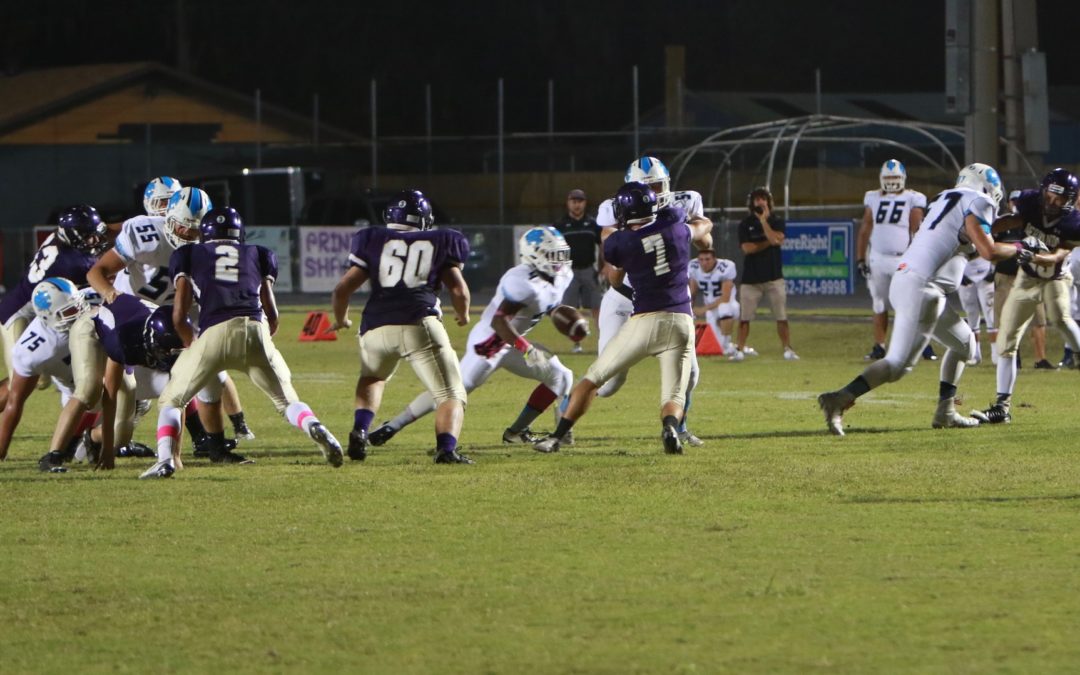Accuracy of US College Football Players’ Estimates of Their Risk of Concussion or Injury
Baugh CM, Kroshus E, Meehan WP,McGuire TG, Hatfield LA. AMA Netw Open. 2020 Dec 1;3(12):e2031509. doi: 10.1001/jamanetworkopen.2020.31509. Online ahead of print
Full Text Freely Available
Take-Home Message
Athletes participating in football may underestimate their risk of sustaining a musculoskeletal injury or concussion during a season.
Background
An athlete needs to understand their risk of injury in a sport to make an informed decision to participate or not participate in that sport. Unfortunately, we know little about attitudes and beliefs about risk of injury among collegiate athletes. Research in this area could help us develop educational content about an athlete’s actual risk of injury during sports participation, which will enable the athlete to make an informed decision to participate.
Study Goal
The authors conducted a survey to assess whether college football players accurately estimate their risk of concussion and non-concussion injury and to identify characteristics of athletes who misestimate their injury risk.
Methods
The authors contacted 65 collegiate football teams from 5 NCAA divisions. Four teams agreed to participate between February and May of 2017. Athletes completed a survey that considered their position, years of playing, role on current team (first or second string), year on team (first-year athlete), race/ethnicity, maternal/paternal educational attainment, and injury history. The athletes also completed 2 questions regarding risk perception of sustaining a concussion or a non-concussion injury during the next season using a scale that ranged from “definitely won’t” (1) to “definitely will” (7). Athletes were groups based on their perceived injury response (likely, neither likely nor unlikely, or unlikely). The authors calculated an athlete’s chance of concussion or injury in a single season based on 6 factors: 1) year on team, 2) primary playing position, 3) role on team, 4) years playing football, 5) team, and 6) injury history. The authors compared an athlete’s calculated chance of concussion or injury to their perceived chance using various methods.
Results
Concussions: Eighty-nine percent (265 athletes) of the athletes answered all relevant questions. Thirty-four percent (100 athletes) reported they sustained at least 1 suspected concussion in the previous football season. However, only 9% of the athletes thought it was likely they would sustain a concussion in the next season, where 60% of the athletes reported that it was unlikely they would sustain a concussion.
Injury: Sixty-eight percent (197 athletes) reported they sustained at least 1 injury in the previous football season. However, only 20% of the athletes reported it was likely they will incur an injury in the next season, where 48% of the athletes reported that it was unlikely they would sustain an injury.
Underestimating Risk: Therefore, the authors estimated that 42-63% of the athletes underestimate the risk of concussion and 43-91% underestimated their risk of injury. Participant characteristics were not great predictors of underestimating risk of concussion of injury.
Viewpoints
The authors found that football athletes underestimated their risk of injury and concussion. This finding is alarming and raises ethical concerns that athletes may be participating in collegiate football without appreciating their risk of injury. This also raises concerns about whether these athletes have adequate knowledge regarding proper prevention strategies or when to seek care. Athletes need to be informed on risk so they can make better-informed health decisions. Hence, clinicians and administrators need to determine how to educate athletes better as well as identify and promote other methods to reduce the risk of a sport (add equipment, change rules).
Clinical Implications
Clinicians and administrators need to educate athletes about the risk of sport. This education should enable athletes to make more informed decisions about sports participation and strategies to reduce their risk.
Questions for Discussion
Do your concussion education programs involve concussion and other injury risk? Do you believe you would find similar underestimate of risks in other sports?
Related Posts
- Do Concussions Increase Risk of Psychological and Neurological Disorders?
- Beliefs Become Reality: A Patient’s Beliefs about Rest May Influence Their Concussion Recovery
- Peer-Led Concussion Education May Enhance Concussion Knowledge and Reporting Behaviors
Written by: Jane McDevitt
Reviewed by: Jeffrey Driban


